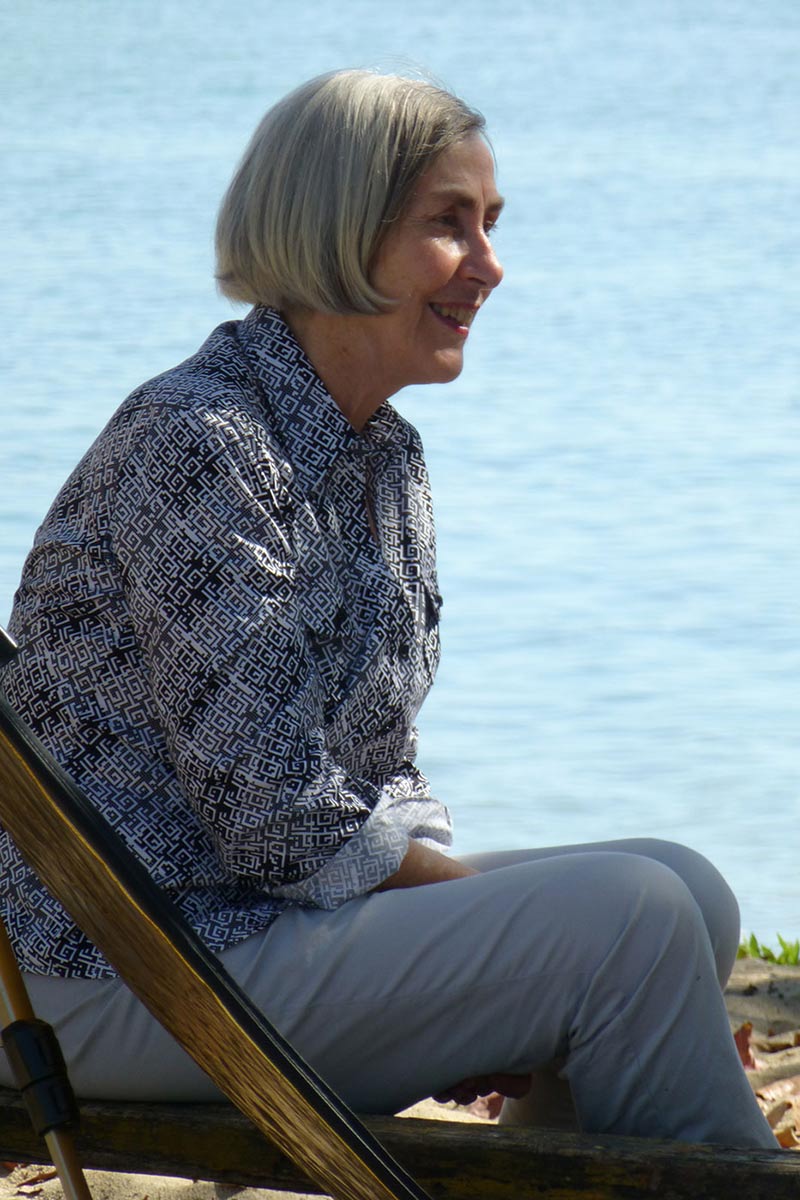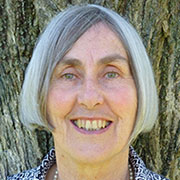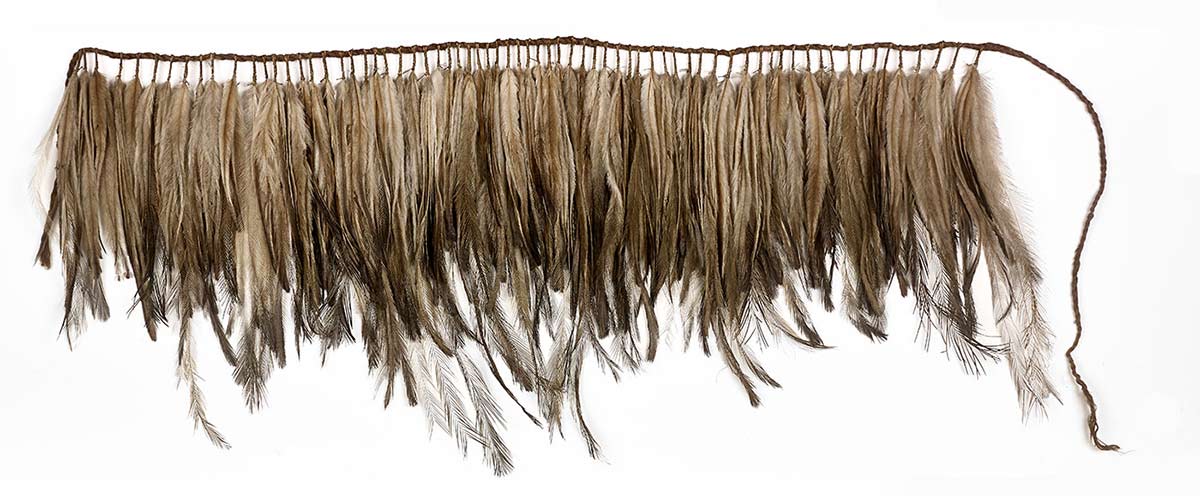
The focus of the Encounters exhibition was the British Museum objects and the Indigenous communities' continuing relationships with those objects. Few communities knew they existed, so when community members saw the artefacts for the first time they experienced a mix of emotions.
These included the joy of seeing the object, as well as grief because it resides so far away. They also found it unsettling being taken back to the time when it was collected in the 19th century – a difficult and often painful time in Aboriginal and Torres Strait Islander history.
In the exhibition, it is the first-person voice that is most prominent. Quotes from people in the community accompany the objects in the exhibition, in text as well as film.
The continuing living culture of each community is represented not only through their words but through contemporary objects included in the exhibition. The historical objects are then seen as part of a continuous cultural narrative.
The exhibition is structured into modules, each representing a place, with the British Museum objects from that place surrounded by the contemporary objects from that community, as well as films, images and quotes to give the cultural context from which the British Museum objects came.
One of my favourite objects is an emu feather skirt from 1842, with a moving quote imagining what the people were singing when they were making it, what stories they were sharing, and the loss of not knowing.
You may also like

